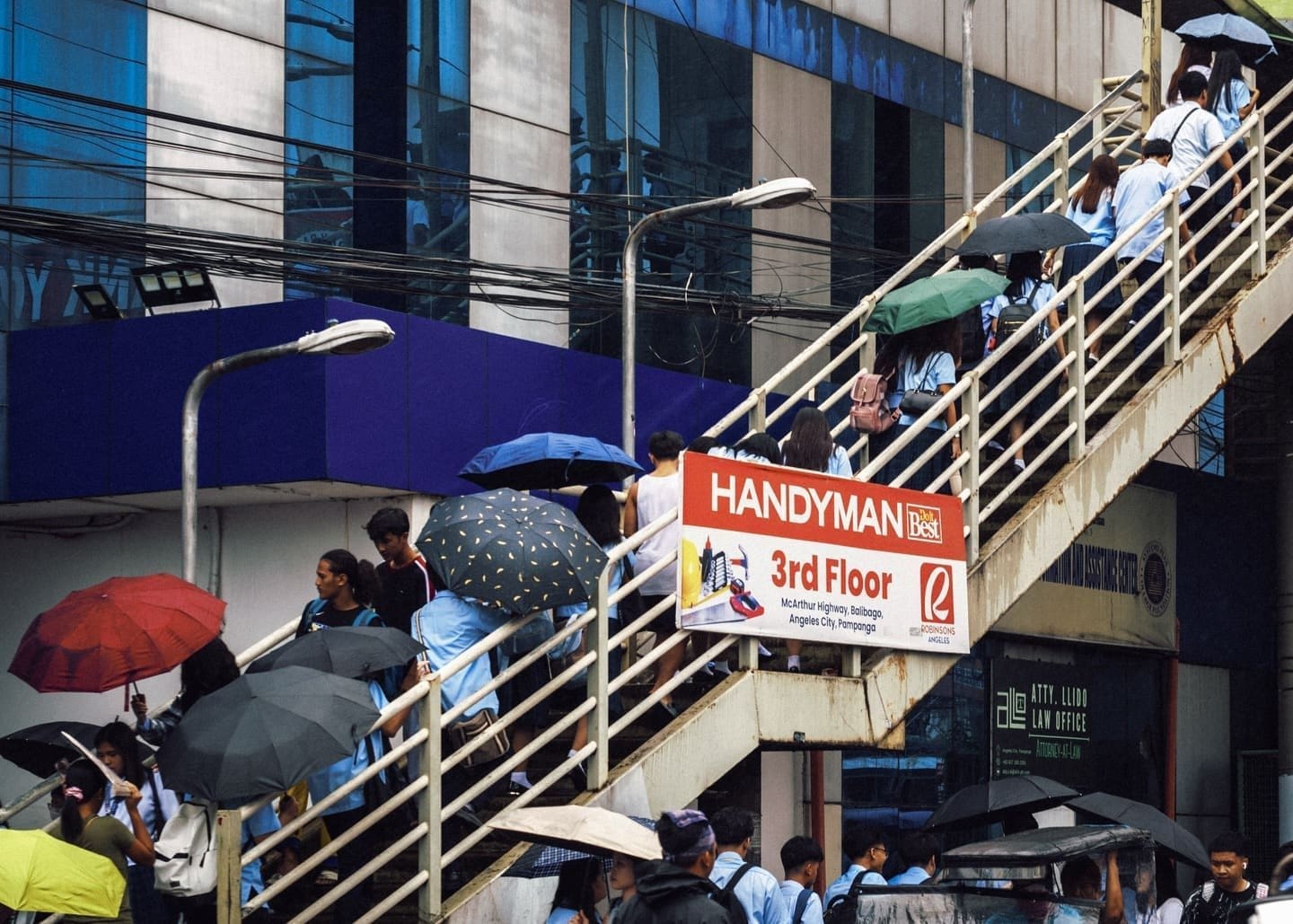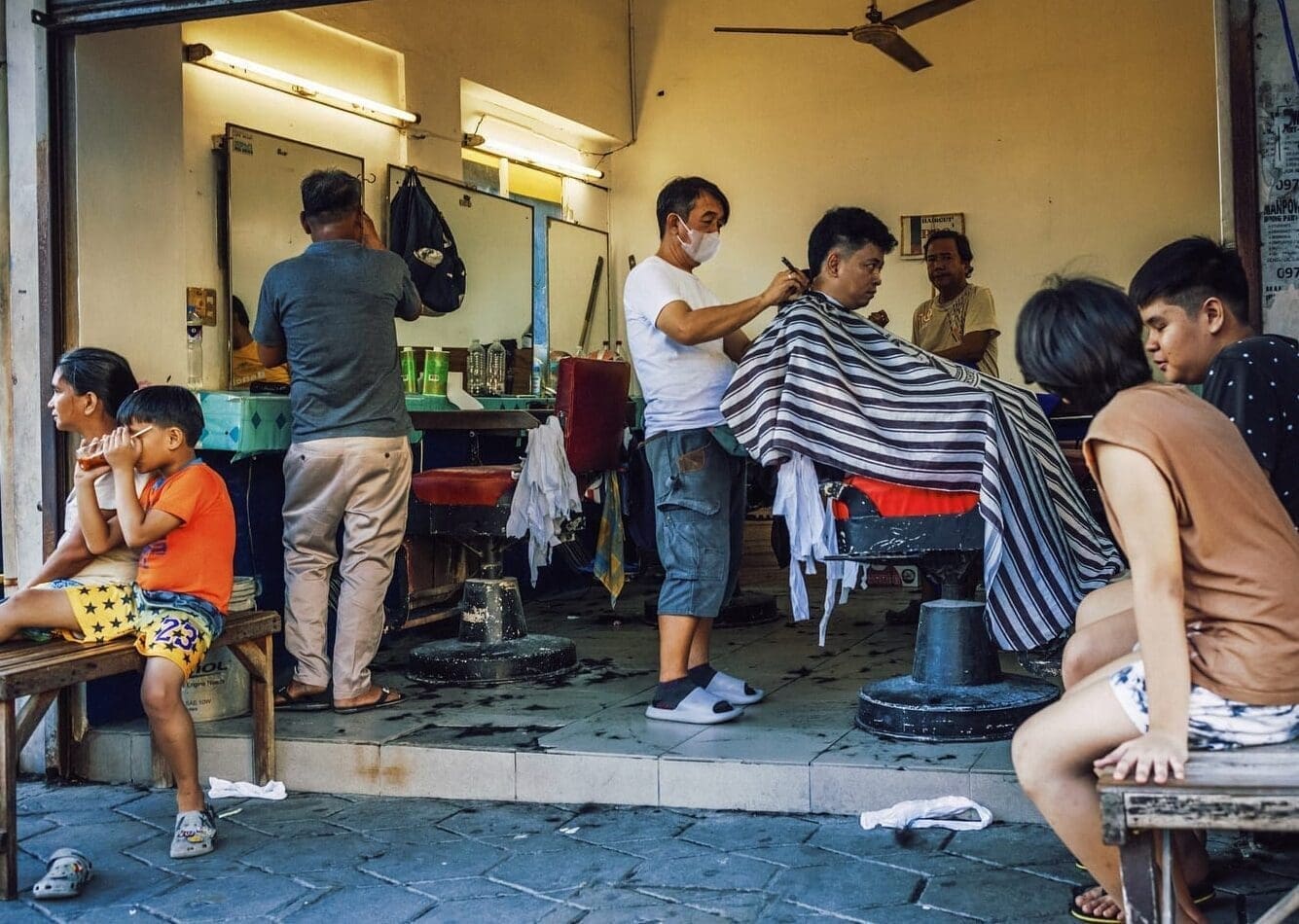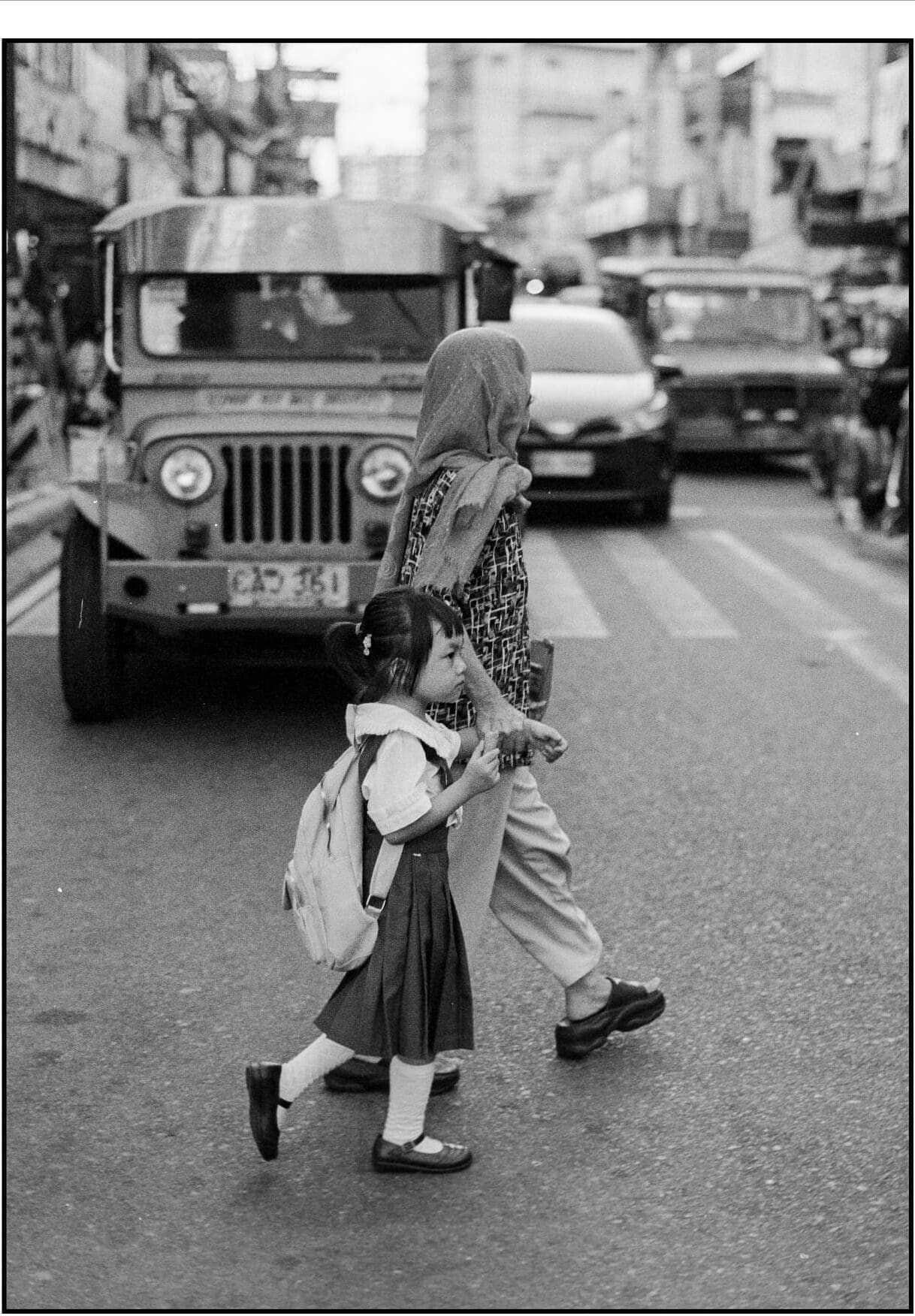
The streets of the Philippines never really stop. There’s a constant flow of people, noise, and motion that feels like it could go on forever. But on one particular rainy afternoon, the mood shifted. I found myself standing at the base of a stairwell, watching as the rain slowed everything down just enough to notice details that usually go unseen. That’s when the quiet magic of Urban Rain Photography revealed itself.
Bright umbrellas moved through the scene like brushstrokes on a gray canvas. Reflections glimmered on the wet pavement. For a few minutes, the rush of the city paused and turned into something poetic. That moment reminded me why I photograph in the rain. It has a way of stripping everything back and making the ordinary feel remarkable.
Why Rain Changes the Way We See
Observational photography is all about slowing down and letting moments unfold. You don’t force a scene. You watch. You wait. Rain has a way of enhancing that. People move differently, light behaves differently, and the atmosphere becomes something else entirely.
I was shooting with my Leica M11 that day, paired with the 50mm Summilux FLE II. I left the ISO on auto and let the camera adapt to the shifting light. That combination of lens and body has become a go-to for me when I need both speed and subtlety. Even in the flat light of a rainy afternoon, the Leica rendered tones and color with real depth.
Under that stairwell, I stayed still while the world moved through the frame. I watched commuters duck under cover, strangers sharing umbrellas, shoes splashing through puddles. It wasn’t dramatic. It wasn’t staged. But it was honest.
The Mood of the Rain
Urban Rain Photography is about more than just shooting in wet weather. It’s about how rain changes a place. Streets reflect light. People huddle closer. Sounds get softer. There’s a quiet rhythm to how a city behaves when it rains.
That’s the part that interests me most. It’s not just about capturing wet streets or people holding umbrellas. It’s about how rain reveals things. Expressions shift. Movement slows. Background noise fades and something more intimate takes its place.
Rain also changes how the city looks. Colors become richer, shadows get softer, and reflections pull new compositions into view. On dry days, you chase light. In the rain, you let it come to you.
Letting Gear Get Out of the Way
I’ve always believed that the best camera is the one that gets out of your way. That’s why the Leica M11 and Summilux 50mm combo works so well for me. It doesn’t slow me down, and it doesn’t try to do too much. On this particular shoot, I didn’t touch the ISO. The camera handled that. I focused instead on framing, timing, and watching the scene shift.
The 50mm focal length gave me just enough distance to stay discreet while still feeling connected. There was no need for a long lens. The beauty was right there, unfolding in front of me. I didn’t have to hunt for it.
With so much contrast between the colorful umbrellas and the wet concrete, the camera’s ability to preserve subtle highlights and shadows really mattered. There was no need to push colors in post. The image already held the mood I felt when I took it.
Emotional Storytelling Through Rain
What I love most about Urban Rain Photography is its emotional pull. Something about wet streets and muted light brings out a different energy in people. You get more introspective moments, more expressions of thought, more honest gestures.
The photo I took that day is subtle. It doesn’t scream for attention. But it says something about shared space, about motion paused by weather, about how cities breathe differently when it rains.
I think of this style of photography as quiet documentary work. It captures culture without shouting. It reflects everyday life but does so with softness and mood.
Every city handles rain differently. In Japan, movement under umbrellas is almost choreographed. In the Philippines, it’s looser, more instinctual. These differences come through in the photos. Rain highlights culture in a way that’s hard to describe until you’ve watched it happen.
The Everyday Turned Remarkable
Rain transforms how we see things. A dull wall becomes a textured backdrop. A puddle turns into a mirror. A stairwell becomes a stage. When I shoot in the rain, I’m not looking for the dramatic. I’m looking for the unnoticed—the things that were already there but now look different.
Urban Rain Photography is about recognizing those shifts. It’s about capturing scenes that usually go unseen. When everything gets wet and light starts bouncing in new ways, ordinary spaces start to glow.
And that’s what keeps me going out even when the weather turns. Rain is an invitation to look again. To be still. To notice.
Collect the Atmosphere: Prints Available
If this kind of moody, observational street photography speaks to you, I offer archival-quality prints from this series and others like it. These are not mass-produced posters. They’re carefully crafted fine art prints, designed to last for generations and bring quiet depth to any space.
Prints are made with pigmented inks on museum-grade paper, and each one is signed and shipped with a certificate of authenticity. Custom sizes are also available if you’re working with a specific wall or frame in mind.
You can reach out directly to request a print or ask questions using my contact form.
Click here to inquire (link opens in a new tab).
Final Thoughts
Rain has a way of revealing what we miss when we’re rushing through the day. It softens the world and opens the door for slower observation. That’s what Urban Rain Photography is really about—seeing differently, and making something meaningful from the small moments that usually slip past unnoticed.
Next time it rains, don’t put your camera away. Step outside, find a ledge to stand under, and just watch. There’s something beautiful about the way a city moves when it forgets you’re looking.



